The world’s greatest playwright ought to be dynamite at the movies. But it’s notoriously hard to turn a profit from a Shakespearean adaptation because film-goers want to be entertained, not anointed with the chrism of high art. Macbeth is one of the texts that frequently attracts directors.
Justin Kurzel’s 2015 version (Amazon Prime) didn’t triumph at the box office despite two fetching performances from Bamburgh Castle in Northumberland and the snow-wreathed mountains of Skye. The trailer is a marvel. Two exhilarating minutes of virile swordplay, ravishing scenery and dramatic cathedral interiors.
The film itself is a cold, muddy slog. Michael Fassbender plays the thane as a gruff Celtic robo-hunk married to a skinny, nun-like beauty, Marion Cotillard. Many of her lines are whispered unintelligibly and her role has been severely cut and neutered. Rather than inspiring Macbeth to kill, she plays the role of a powerless chattel who watches in statuesque horror as he murders enemy after enemy. When Lady Macduff is abducted and burned alive (not put to the sword as in the play), Lady Macbeth is seen kneeling at the pyre while a sad tear slithers down her cheek. The film is marred by a soundtrack of mournful stringed instruments, going non-stop, like the howl of a gale in a chimney.
Rupert Goold turned his Chichester Festival Theatre version into a film for the BBC in 2010 (Amazon Prime). Knowing the text and, more importantly, loving every line of it, he created a dazzling psychological thriller. Goold sets the play in a besieged hospital in the 1940s during the final stages of a world war. His settings are tiled kitchens and bleached corridors where severe-looking nurses bustle around in starched frocks.
Patrick Stewart’s Macbeth, all booming self-assurance and martial severity, is matched by Kate Fleetwood in a crimson frock. With her soft cheekbones and white-hot eyes, Fleetwood looks like Fiona Bruce’s psychotic twin just released from Broadmoor. An eerily brilliant Lady Macbeth. The ghost scene is a particular highlight. Banquo, blood-spattered but expressionless, sprints the full length of the dinner table while sending wine goblets flying in all directions. Those studying Macbeth at any level should make the Goold production their starting point.
The BBC is touting a filmed version of the RSC’s 2018 production (BBC iPlayer), directed by Polly Findlay. Several important decisions seem to have been taken without much forethought. The stage consists of a square of plain blue fabric which looks like a badminton court with the netting and lines removed. Macbeth (Christopher Eccleston) fights in combat fatigues while carrying a medieval sword. Once crowned king, he dons a Prussian blue tunic with gold-tasselled epaulettes, as if he were the Prince of Monaco greeting a dignitary at the airport. Eccleston rarely changes his pace, volume or emotional register, and prefers to honk his lines out in a tone of cheerless fury. The witches are played by three little girls in pink onesies, each holding a naked doll. This is uncomfortable to watch but not in the right way.
And it’s unclear why Macbeth is so in awe of these harmless little poppets dressed for a sleepover. Niamh Cusack (Lady Macbeth) is dressed in suburban stylings, like a proud aunt at her niece’s first birthday party. She delivers notes of petulance and anger where the lines call for something else — frost and steel. ‘The raven himself is hoarse,’ she says, ‘that croaks the fatal entrance of Duncan under my battlements.’ It’s hard to make this murderous threat sound convincing when you’re in a Primark dress and a Toni & Guy hairdo.
In 1979, when Judi Dench was unknown outside theatre circles, she played Lady Macbeth opposite Ian McKellen in a BBC film directed by Trevor Nunn (YouTube). The recording is a sort of masterpiece. Nunn dispenses with a set or furnishings, and relies instead on talking heads shot in extreme close-up. Though filming in colour, he prefers a dark, muted palette which creates a noirish sense of menace and horror. It’s amazing that this treasure languishes unseen in the BBC’s archive.
Orson Welles cast himself in a version of Macbeth in 1948 (YouTube). The image quality is patchy. The fake Scottish accents, not mastered by any of the cast, are an irritant throughout. And the witches speak in silly strangulated tones like Eric Idle parodies. Aside from those quibbles, this is an outstanding movie. Jeanette Nolan (Lady Macbeth) delivers her lines with a physical relish for their meaning that mirrors a deep malignity in her nature.
Welles, still good-looking and slim, is a truly noble and heroic thane. He lit his performance carefully. In shot after shot, he isolates himself from the surrounding murk and presents his troubled and intelligent face as an icon of saintly anguish. The cinematographer, John L. Russell, was later hired by Hitchcock to shoot Psycho.
Got something to add? Join the discussion and comment below.
Get 10 issues for just $10
Subscribe to The Spectator Australia today for the next 10 magazine issues, plus full online access, for just $10.
You might disagree with half of it, but you’ll enjoy reading all of it. Try your first month for free, then just $2 a week for the remainder of your first year.

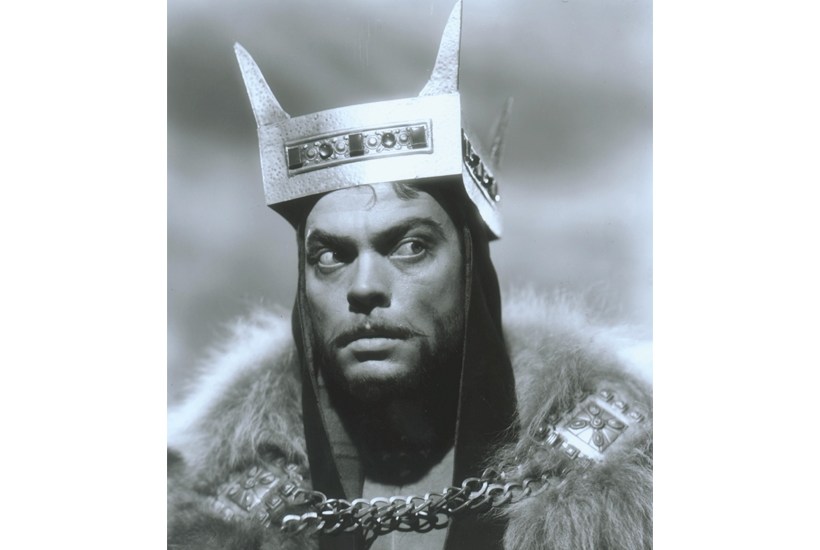
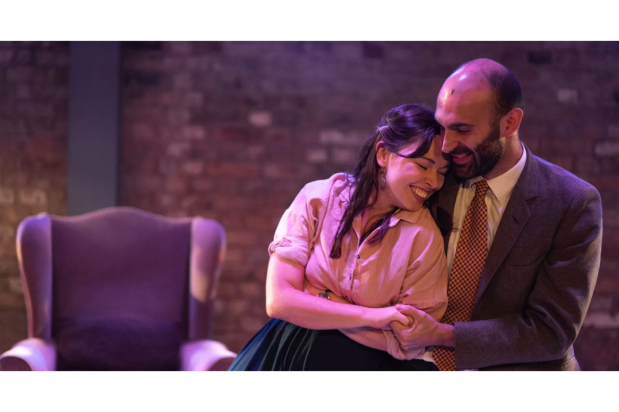
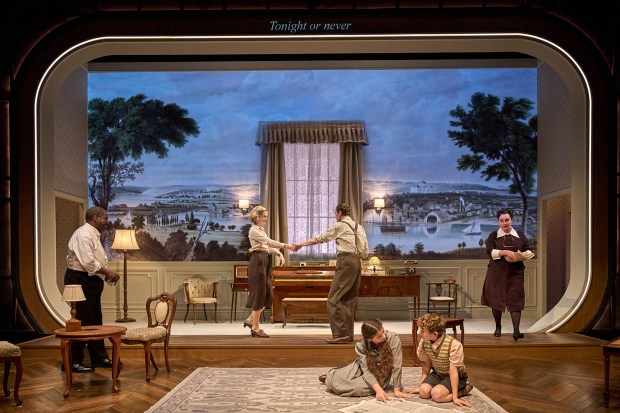
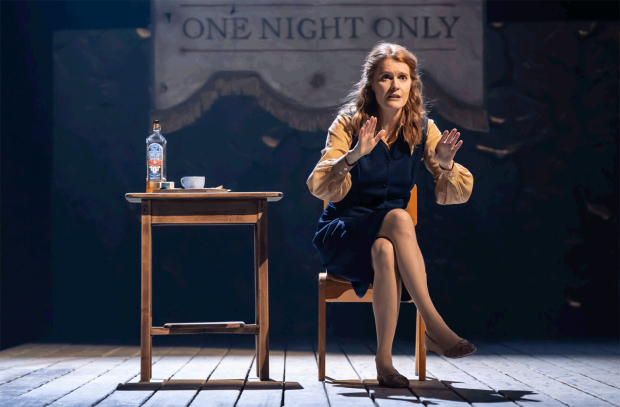
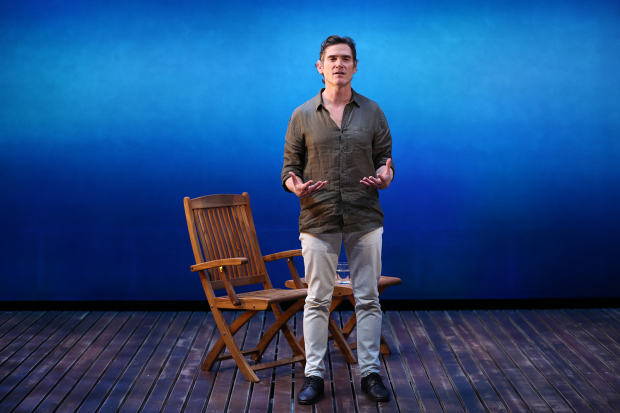
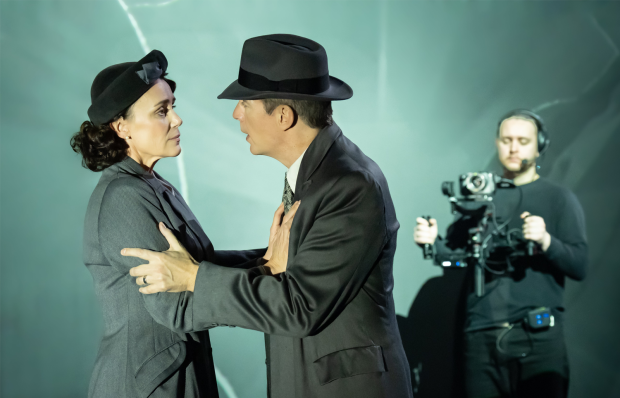
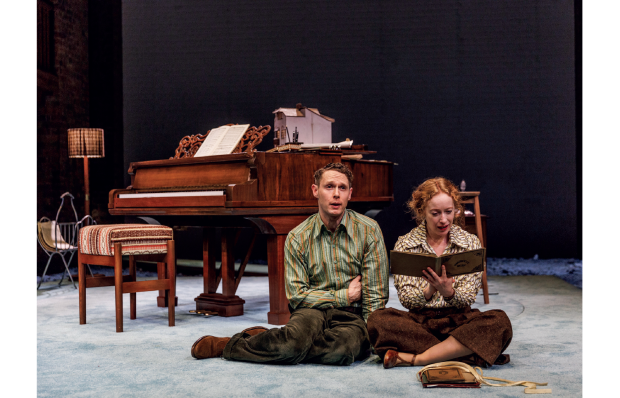






Comments
Don't miss out
Join the conversation with other Spectator Australia readers. Subscribe to leave a comment.
SUBSCRIBEAlready a subscriber? Log in